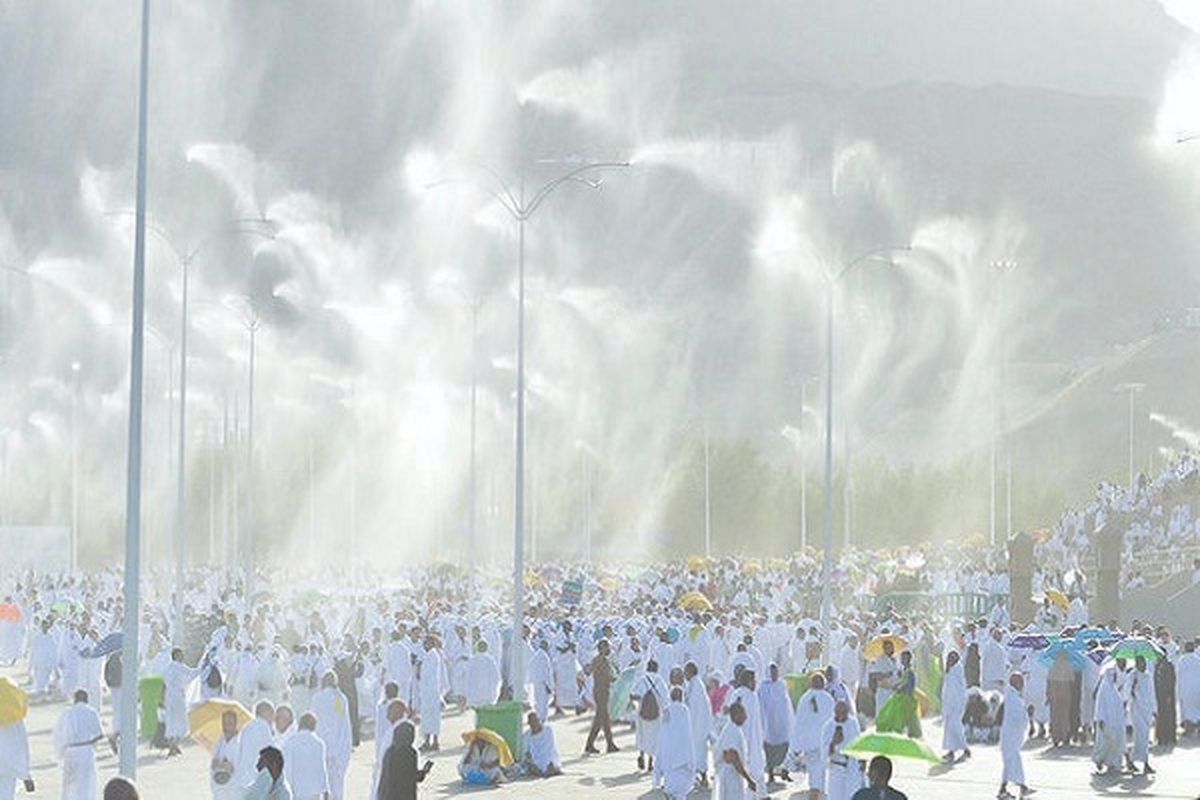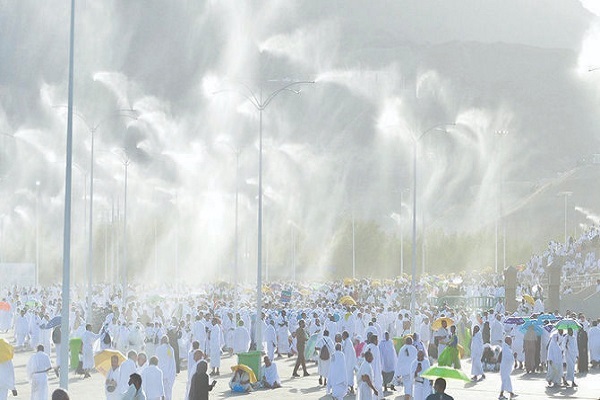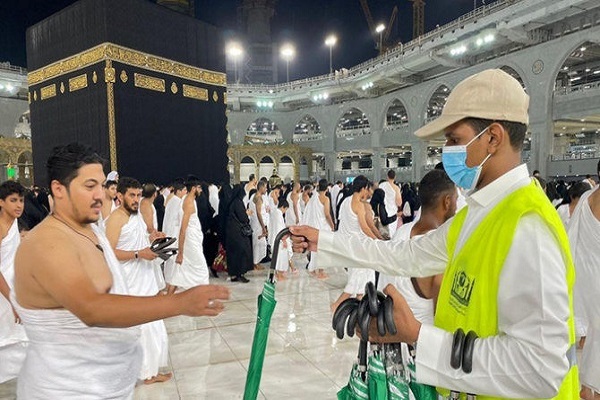Measures to Mitigate Heat-Related Health Risks for Hajj Pilgrims Effective: Study


Despite the rise in temperatures in Mecca at a rate of 0.4 degrees Celsius per decade, heatstroke cases witnessed a decrease by 74.6 percent and the death rate down by 47.6 percent, according to the recent study conducted under the leadership of the Research and Innovation Center at King Faisal Specialist Hospital and Research Center (KFSHRC).
The study attributed the reduction in health risks to preventive measures undertaken during Hajj seasons, according to the Saudi Press Agency.
“The study, which was published early this year in the Journal of Travel Medicine, aimed to examine the relationship between the increase in ambient temperatures during the Hajj season and the rates of infection with health risks associated with it over the past 40 years,” the report said.
It also confirmed the effectiveness of preventive measures by analyzing records of four decades of meteorological data, rates of sunstroke, and heat exhaustion during the Hajj season in Mecca, the report said.
The measures taken to mitigate heat-related health risks for pilgrims include the use of mist fans and water mist columns to cool the air in open spaces and reduce the heat on crowds of pilgrims.
Read More:
Water and umbrellas were also distributed and air-conditioned means of transportation were increased — such as the operation of the Mashaer train since 2010 — to provide comfortable transportation for pilgrims.

Awareness campaigns about heat-related illnesses targeting pilgrims and healthcare providers were also launched, and access to free healthcare services during Hajj were ensured.
Case monitoring and management were also improved and the heat-related illness management guidelines developed by the Saudi Ministry of Health were strictly followed.
Long-term measures were also carried out, such as integrating environmental engineering and building design strategies to improve natural ventilation and reduce global warming in the holy sites. Aside from increasing shaded spaces, efforts had been made to reduce crowding.
Read More:
Considering that the annual Hajj attracts millions of pilgrims from more than 180 countries to perform rituals in a high-temperature desert environment, the KFSHRC study “holds enormous scientific value for planning and improving the response to the increasing temperature rise around the world,” SPA quoted the study as saying.
Source: Arab News



